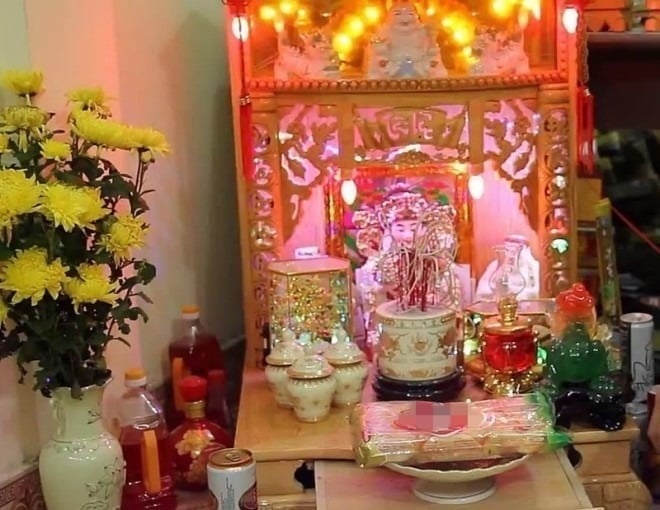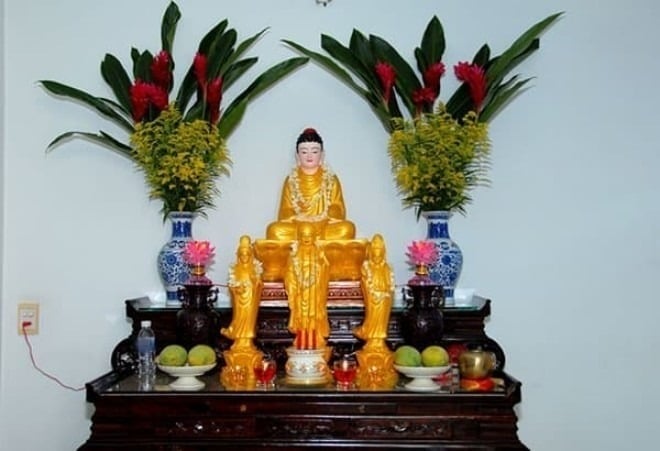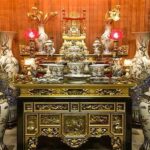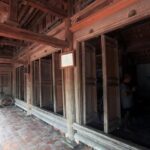Why Do Wealthy Families Place Flower Vases on the Left Side of Their Ancestral Altars?
Wealthy families often pay great attention to worship and rituals, believing that arranging their altars according to Feng Shui principles demonstrates respect for their ancestors and brings prosperity to the family.
When placing a single flower vase, it is typically positioned on the left side of the altar, following the principle of “East for vases and West for fruit plates.” This means the vase is placed in the East direction, while the fruit plate is in the West.
This arrangement harmonizes with the natural law of the sun rising in the East and plants flowering before bearing fruit. Thus, placing the vase in the East and the fruit plate in the West symbolizes smooth sailing in life and work.

When the altar faces South, placing the vase on the left (East) allows the fragrance of the flowers to waft with the Eastern or Southeastern breeze, adding solemnity and tranquility to the worship space.
If there are two vases, they are symmetrically placed on both sides of the altar, with the fruit plate in the center, in front of the incense burner. This arrangement is not only complete but also preserves the Feng Shui value of the vases.
Apart from the vases, homeowners should also pay attention to other worship items such as the three (or five) sacred objects, offering trays, incense holders, etc., to create a solemn and harmonious worship space.

For smaller altars, like wall-mounted ones, it is advisable to place just one vase and an incense holder facing each other. Avoid overcrowding the altar with too many vases, as this may disrupt the balance with other worship items instead of increasing positive energy.
Vases on ancestral altars should preferably be made of materials such as ceramic, porcelain, or glass, avoiding metal ones like copper or iron. The flowers should have a subtle fragrance, be free of thorns, and be neatly trimmed to ensure both spiritual significance and safety within the worship space.














